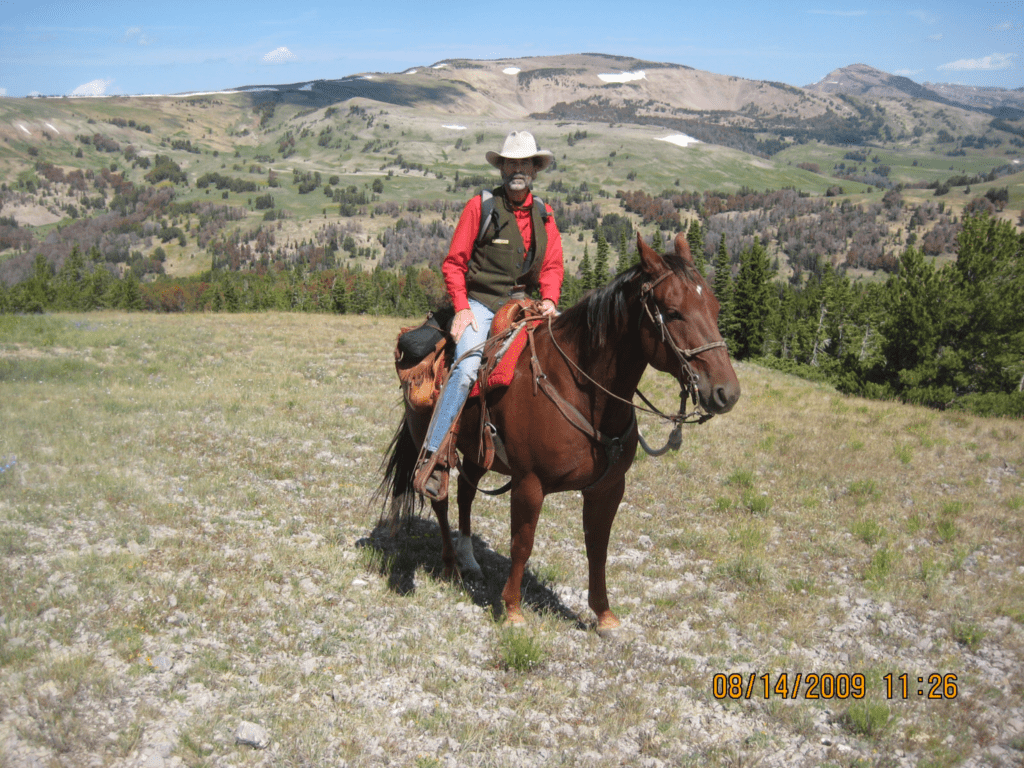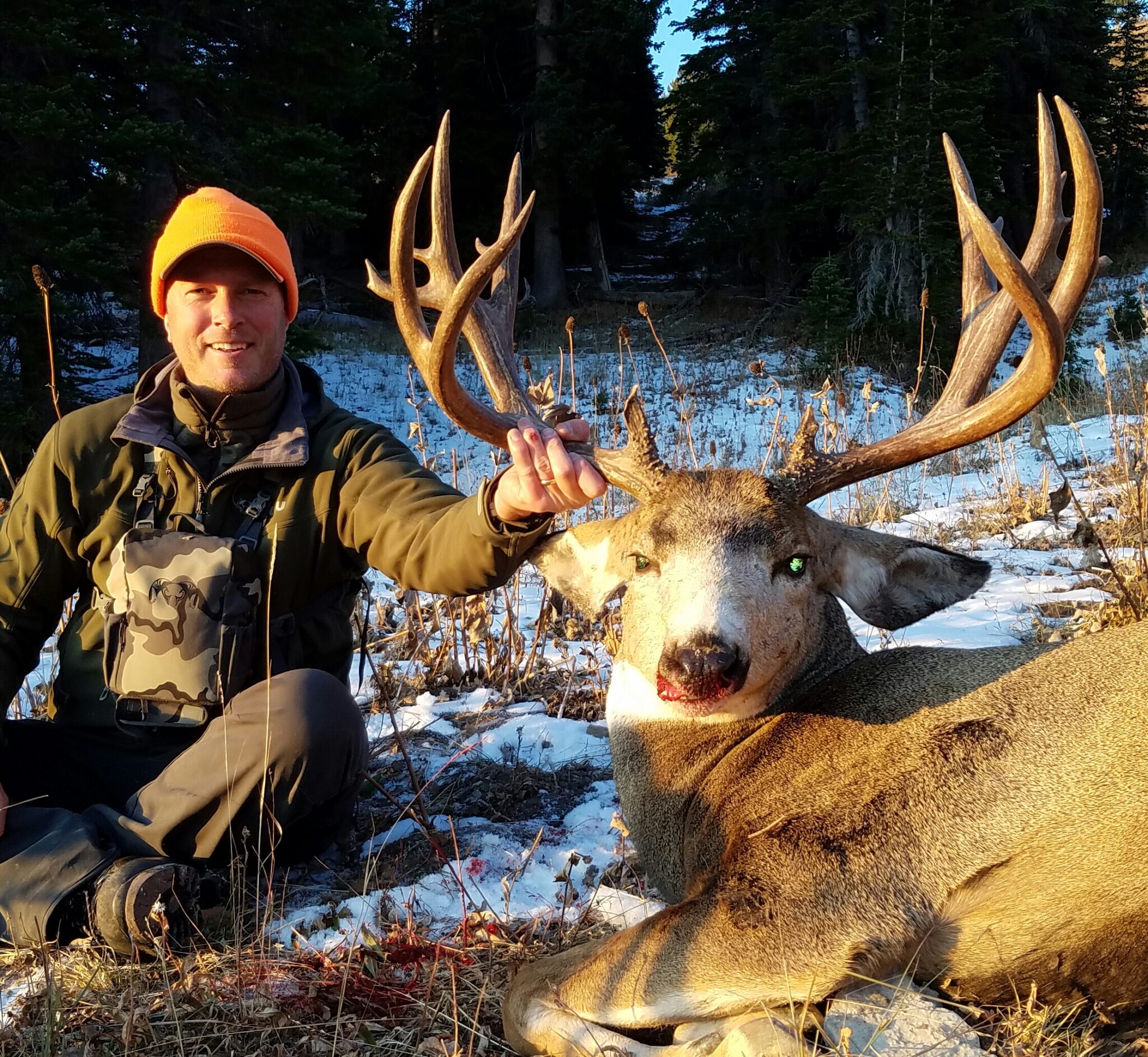CorbLand
WKR
- Joined
- Mar 16, 2016
- Messages
- 6,803
I am not advocating to decrease the buck to doe ratio in any state. I am saying that APRs are a feel good measure that largely do not have the intended results.More deer on the landscape helps the buck to doe ratio. The data also shows after 3 years its not beneficial to keep apr in place and they should be removed if that's the case. But to do nothing or suggest we take the buck to doe ratios down to single digit ratio is crazy. Try that in your state and get back to us on that.
Either way no real point t in arguing about it its implemented and that not going to change this year so I guess we will see. one thing I am sure about is reducing tags and shortening season should be more important then apr all I see with the guys arguing against apr is that it's going to cause other hunters to target the bucks they want to hunt in a few more years.....
People also don’t understand that buck to doe ratios are not a good metric of the overall quality/quantity of a deer herd. APRs help raise the buck to doe ratio, but it doesn’t mean that it’s helping the deer herd.


